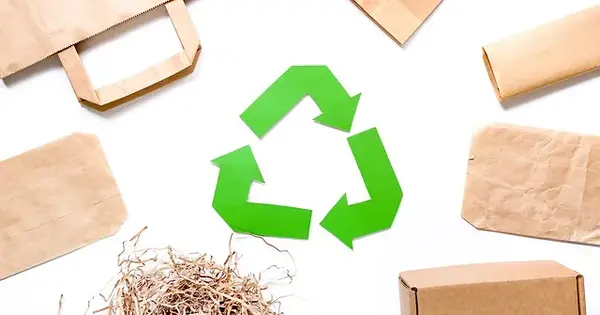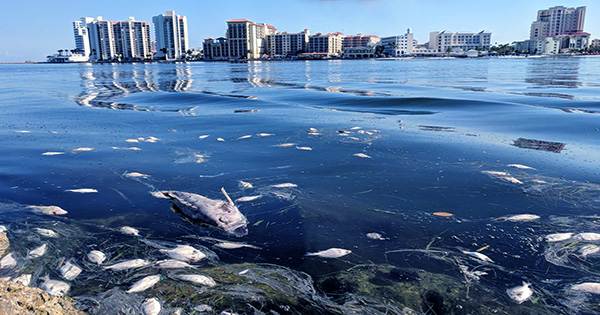Sustainable packaging is a type of packaging that is designed to have minimal impact on the environment throughout its life cycle. This type of packaging is made from materials that are renewable, biodegradable, or recyclable. Sustainable packaging aims to reduce the amount of waste generated from packaging, reduce the carbon footprint of packaging, and improve the environmental performance of the packaging industry.
The development and use of packaging that improves sustainability is referred to as sustainable packaging. This includes a greater use of life cycle inventory (LCI) and life cycle assessment (LCA) to guide the use of packaging that has a lower environmental impact and ecological footprint. It examines the entire supply chain, from basic function to marketing, and then to end of life (LCA) and rebirth. A cost-to-value ratio for the environment is also useful.
Some examples of sustainable packaging materials include:
- Biodegradable plastics made from plant-based materials like corn, sugarcane, or potatoes.
- Recycled materials like paper, cardboard, and plastic.
- Compostable materials that break down into natural elements in a composting environment.
- Reusable materials like glass, metal, and some types of plastic.
Sustainable packaging can also involve the use of innovative design and manufacturing processes to reduce the amount of material used in packaging, minimize the energy used in production and transport, and reduce the amount of waste generated during the packaging’s life cycle.
The objectives are to improve human long-term viability and quality of life, as well as the longevity of natural ecosystems. Sustainable packaging must meet today’s functional and economic needs without jeopardizing future generations’ ability to meet their own. Sustainability is not always an end state, but rather a continuous process of improvement.
Sustainable packaging is a relatively new addition to the list of environmental packaging considerations. More analysis and documentation are required to examine the package design, material selection, processing, and life-cycle. This is not the hazy “green movement” that many businesses and corporations have attempted to incorporate in recent years. Companies that take environmentally friendly actions reduce their carbon footprint by using more recycled materials and reusing more package components. They frequently encourage their suppliers, contract packagers, and distributors to do the same.
Overall, sustainable packaging is an important part of the transition towards a more sustainable future, where we reduce our impact on the environment and use resources more efficiently.
















